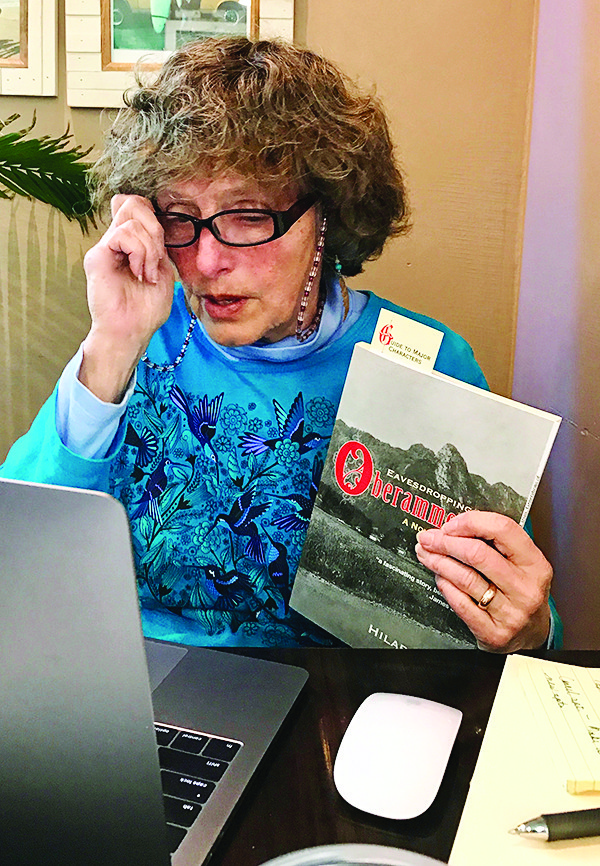Remembering Kristallnacht Part II
This is the second article in a series leading up to the 80th anniversary of Kristallnacht.
I live in the present, and yet I am writing about a time that happened 80 years ago, a time before I was born. In the previous article of Sept. 7, I shared some of the reasons I so identify with the people who experienced this day of infamy, Nov. 9, 1938.
Another reason Kristallnacht became so personal to me is that I was inspired to write my novel, “Eavesdropping in Oberammergau,” by the true story of a Jewish man, Peter Max Myer, who had lived in Oberammergau in the 1930s. This man, a convert to Catholicism, had been attacked on Kristallnacht by a group of Nazi youth, one of whom grew up to play Jesus in the 1950 “Passion Play.” Myer was taken to Dachau, was able to get out, lived the war years in England, and then returned to Oberammergau.
I wrote his story into my book and identified with him as though I had become him, fictionalizing much, but retaining that experience of being attacked on Nov. 9, 1938. He returned to Oberammergau after the war, a mystery to me and to James Shapiro, who wrote about him in his history of the town, “Oberammergau: The Troubling Story of the World’s Most Famous Passion Play.” The novel is an attempt to understand why he returned.
In the previous article I wrote of my mother’s coming into my room after seeing actual footage of Kristallnacht in a local movie presentation. This, too, is in my novel, written in the voice of a young girl much like the young girl I was.
I wrote the novel in hopes of making a story of this hard history accessible to young people. I am glad that I learned of this tragic time even though I was so very young. I think I have become enriched by being entrusted with the feelings my mother passed on to me and by the endurance of those who have lived through this nightmare.
I have recently read the autobiography of Dr. Ruth Westheimer (“All in a Lifetime”) who was raised in Frankfurt, Germany, until she was separated from her parents at age 10 when they put her on a train to Switzerland to escape the fate that was to be of so many. Surviving the war in a Swiss orphanage, she never saw her parents again. Despite the sad memories she carries, she became the famous Dr. Ruth, and, even at 90, she still shows a resilience that seems indefatigable.
Many children have read “The Diary of Anne Frank,” which has allowed them to know the wonder of one individual who had such hope and exhibited such a life force despite the horror of her experiences. Her bitter end, so painful, stays with us. I read her diary when I was 10 years old and began to write a diary addressed to “Dear Anne.” My granddaughter raised in a household with minimal religious teaching decided to become a Bat Mitzvah after reading “The Diary.”
I end this second article with a renewed hope to hear from people about their experiences, as children, hearing about this fatal history and/or their sense of whether and how to share this history with young people.
HILARY SALK is the author of “Eavesdropping in Oberammergau,” a novel which draws on her experiences as an American Jewish girl living with her parents in Germany three years after the Holocaust. She lives with her husband, Steve, in Providence and Narragansett. Reach her at hilarysalk@hilarysalk.com.








